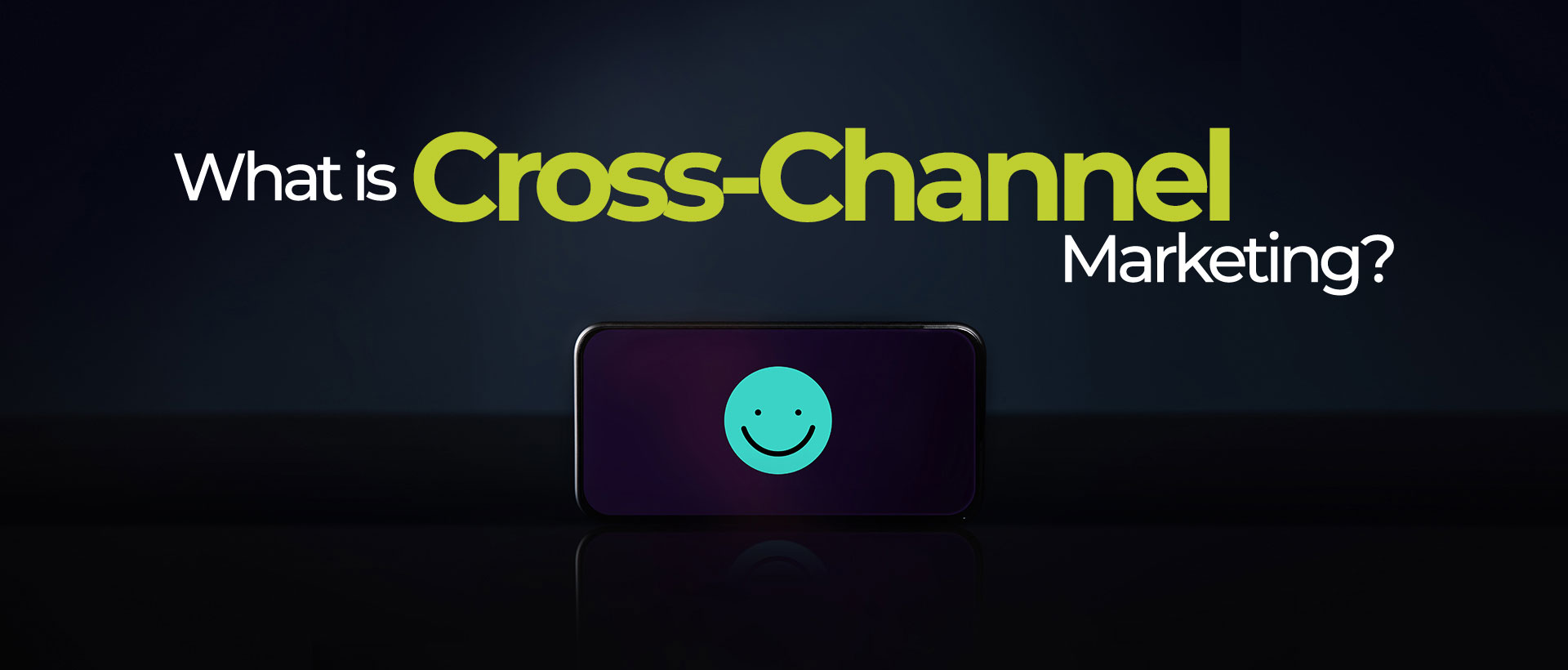
What is Cross-Channel Marketing?
It’s becoming increasingly tough to keep up with changes in purchase behavior throughout the buyer’s journey. Technology has widened communication channels to the point where the average buyer now consults ten sources of information before making a purchase.
Experts are discovering new ways to reach, engage, and convert people into customers as digital marketing takes over the marketing industry. Cross-channel marketing is one such strategy, which we’ll go over in detail in this blog.







